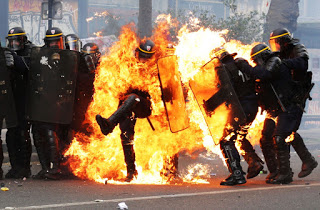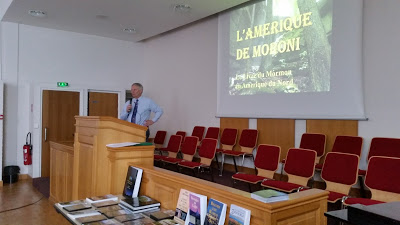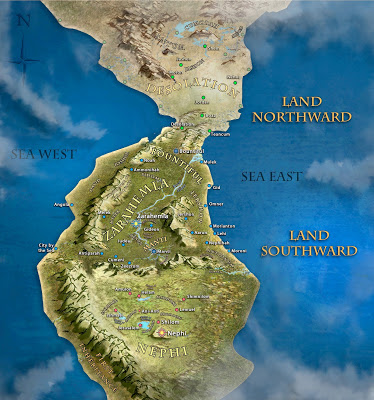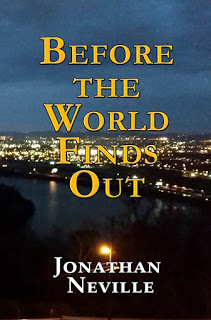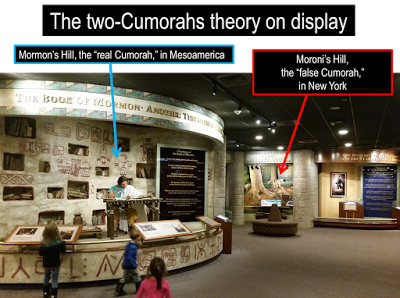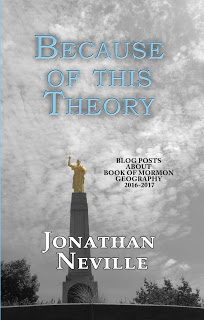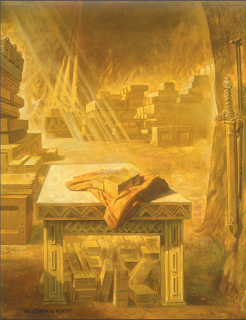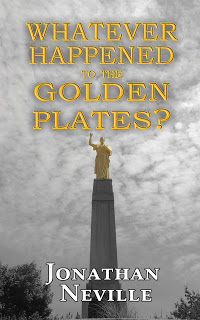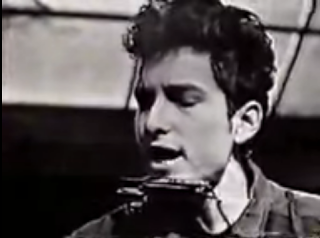History in context
___________
We spent May 1, 2017 (May Day) in Paris. We walked around 7 miles, based on my phone’s pedometer. When we got home that night, we saw this headline on the Internet, here:
 This is the image that led the article: a policeman engulfed in flames from a Molotov cocktail. (The story behind the photo is here.)
This is the image that led the article: a policeman engulfed in flames from a Molotov cocktail. (The story behind the photo is here.)
The article begins with this sentence:
Fighting broke out in central Paris during a rally held close to the Place de la Bastille, where protesters shouted “Fascists out!”
______________
For anyone who was not actually in Paris that day, this article would be the reality of what happened in Paris on May Day.
But for those of us who were there, the riot was confined to a tiny area.
We walked less than a kilometer from Place de la Bastille where the violence took place. Here’s a photo of Paris of us with our friends, among thousands of others who were completely oblivious to the city that was, according to the newspaper headlines, “burning” at the time.
 |
| Paris is not burning |
A future historian could justifiably report that on May 1, 2017, Paris was on fire. He would have photographs to prove it. People would believe the news report and the historian’s interpretation and it would become the prevailing narrative. Accounts such as mine from other people who were in Paris on that day would be marginalized or discredited because they contradict the desired narrative.
Regardless of the future prevailing narrative, to the vast majority of the 10 million people who were actually in Paris that day, it was simply a beautiful day to enjoy the sights, the food, and the company of friends.
Even today, whenever we read news reports, we sometimes come to believe that the reports are both accurate and representative of a larger whole. But often neither is the case.
______________
In my study of Church history, I’ve come across many such examples.
One of my favorites is the disparate treatment given to Wilford Woodruff’s writings. On 28 November 1841, Woodruff summarized an entire day’s events in his journal.
Source: Book of Mormon Wars
